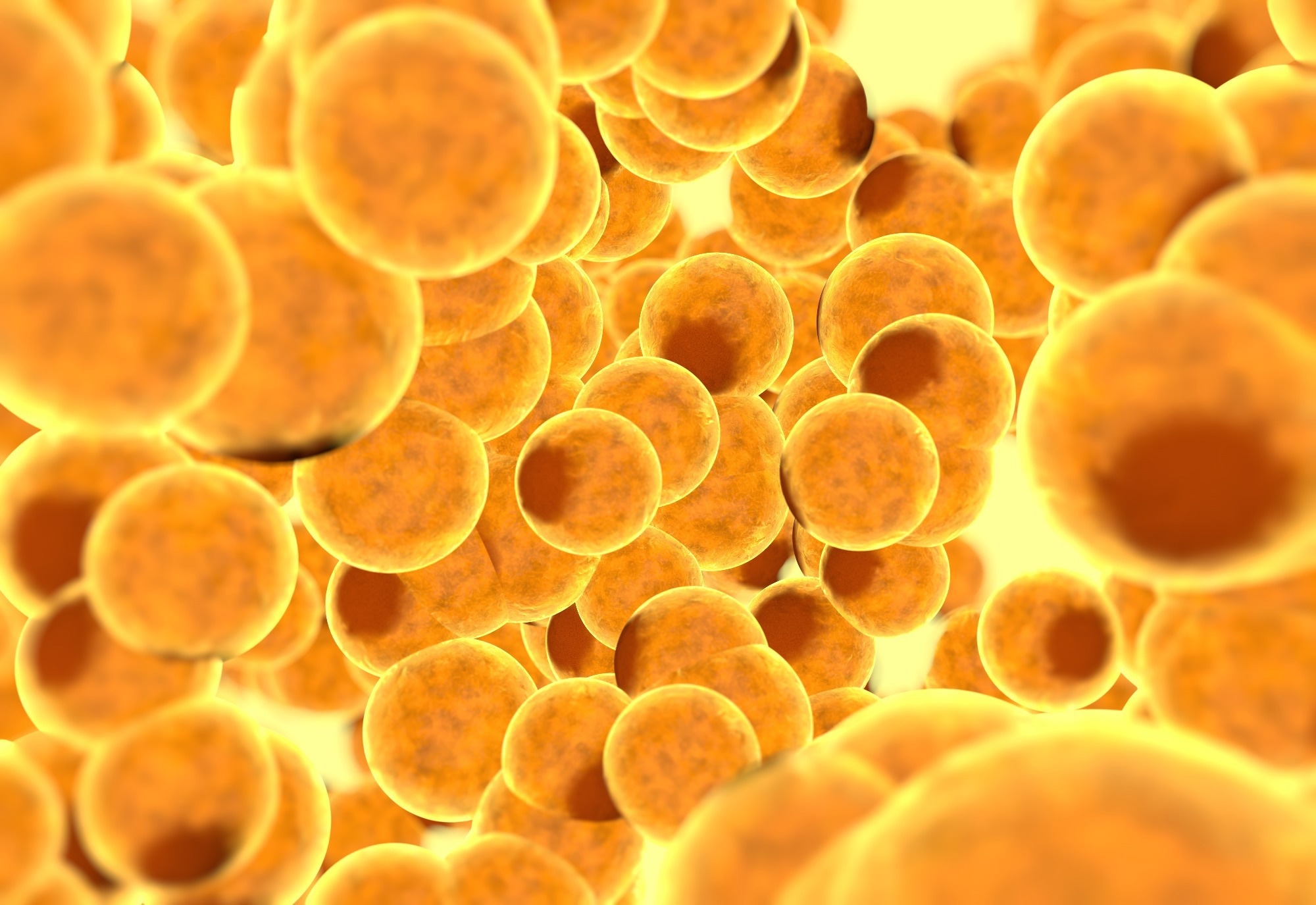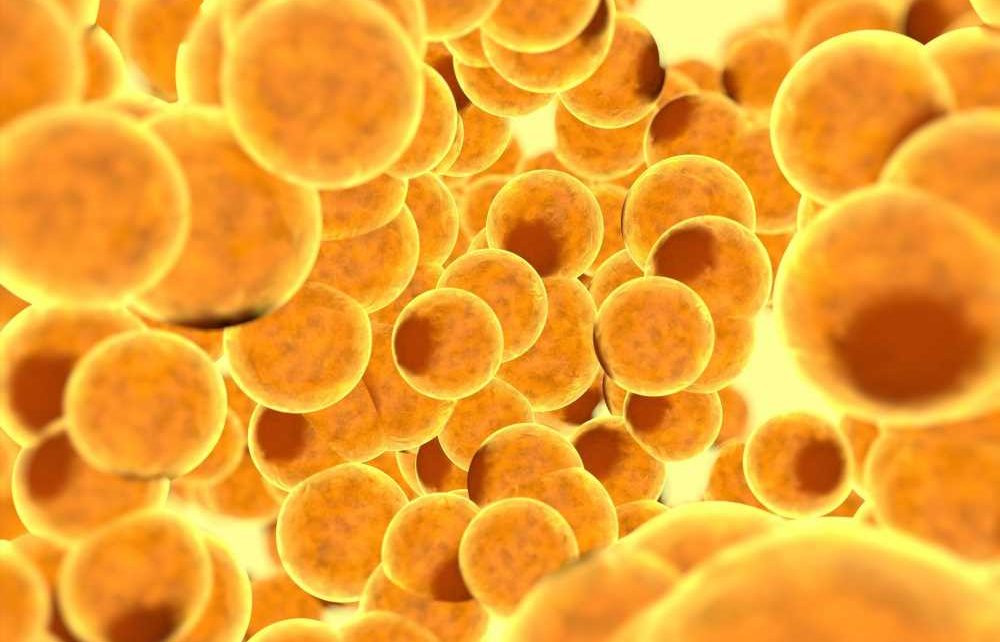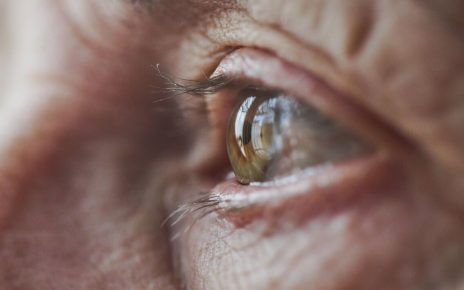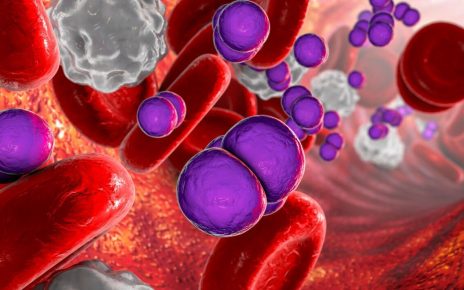In a recent study published in Science Translational Medicine, researchers assessed the association between adipose tissues (AT) and coronavirus disease 2019 (COVID-19) by evaluating COVID-19 autopsy cases and profiling AT responses to severe acute respiratory syndrome coronavirus 2 (SARS-CoV-2) infections.

Studies have reported obesity as a risk factor for the development, severity and associated mortality of SARS-CoV-2 infections, irrespective of age and comorbidities. Obesity is characterized by low-grade and chronic AT inflammation. Obesity may be associated with adverse SARS-CoV-2 infection outcomes due to (i) pulmonary impairments, (ii) the state of hypercoagulation and widespread systemic inflammation, (iii) impaired immunological responses, (iv) elevated endotoxemia risk among obese individuals, or (v) by direct AT infection by SARS-CoV-2. The mechanisms underlying the association have not been well-characterized and warrant further investigation.
About the study
In the present study, researchers explored whether AT infection by SARS-CoV-2 contributes to the pathogenesis of COVID-19.
Real-time quantitative reverse transcription-polymerase chain reaction (RT-PCR) analysis was performed to detect SARS-CoV-2 presence in AT, heart, kidney, and lung samples of the autopsy case individuals. Subsequently, ribonucleic acid (RNA) in situ hybridization (ISH) was performed on epicardial AT (EAT) and pulmonary tissues obtained from the autopsy cases. Additionally, samples from non-COVID-19 patients were obtained as controls.
Further, participants undergoing cardiothoracic or bariatric surgery were enrolled, and mature adipocytes were retrieved from their visceral AT (VAT), subcutaneous AT (SAT), pericardial AT (PAT) and epicardial AT samples. PAT-derived adipocytes differentiated from preadipocytes were infected with SARS-CoV-2 to assess their angiotensin-converting enzyme 2 (ACE2) expression.
Full-length ACE2 (exon 2 to exon 3), AC2 isoforms (exon 9a to exon 10), and total ACE2 (exon 17 to exon 18) were assessed using ACE2-expressing and ACE2-non-expressing A549 (human adenocarcinoma cell line) cells. In addition, ACE2 expression was assessed using Abs (antibodies) specific for the C- and N-terminals of SARS-CoV-2.
Furthermore, SVCs (stromal vascular cells) from human AT were SARS-CoV-2-infected and assessed by RT-qPCR analysis [for the presence of SARS-CoV-2 nucleocapsid (N) gene], plaque assays, and flow cytometry (FC) analysis. SARS-CoV-2 protein production was assessed among six SVC types, i.e., macrophages, preadipocytes, dendritic cells, endothelial cells, and T and B lymphocytes, and human MDM (monocyte-derived macrophages) were also infected to obtain more macrophages.
The expression of inflammatory mediators such as tumor necrosis factor-alpha (TNFα), interleukin-6 (IL-6) and interferon (IFN)-related genes [IFN alpha 1 (IFNα1), IGN beta 1 (IFNβ1), IFN-stimulated gene 15 (ISG15), IFN-α inducible protein 27 (IFI27), and immediate early response gene (IER3)] by infected SVCs derived from the VAT, SC AT, differentiated adipocytes, and A549-ACE2 cells were assessed.
Single-cell RNA sequencing (scRNA-seq) analysis was performed on SVCs of VAT and SC AT from bariatric surgery patients (n=3), with resultant 198,759 single-cell profiles. Further, differentially expressed genes (DEGs) between SARS-CoV-2-infected vs. uninfected preadipocytes were assessed by GSEA (gene set enrichment analysis) based on the REACTOME database, and the UMAP (uniform manifold approximation and projection) analysis was performed.
Results
SARS-CoV-2 RNA was detected among EAT, VAT, and SAT among seven autopsy samples with an average Ct (cycle threshold) value of 33 and comparable levels among AT, heart, and kidney samples. The viral loads were associated with inflammatory cell infiltration and two distinctive targets of SARS-CoV-2 infections: adipocytes and inflammatory AT-resident macrophages. In addition, SARS-CoV-2 N was detected among infected mature adipocytes from VAT and SAT, indicative of viral replication.
Productive adipocyte infection differentiated from mesenchymal stem cells (MSCs), indicating that the adipocytes were permissive to SARS-CoV-2. Macrophages were infected abortively; however, the virus initiated inflammatory responses by the infected macrophages and bystander preadipocytes. Neither the inflamed tissue-resident macrophages nor adipocytes showed consistent ACE2 expression, indicating that SARS-CoV-2 entry was non-ACE2 dependent, a critical consideration for developing therapeutic agents to ameliorate COVID-19 outcomes.
SAT preadipocytes consistently showed stronger perturbation than visceral preadipocytes when infected with SARS-CoV-2. Full-length ACE2 was identified among differentiated adipocytes but not in preadipocytes and only one mature adipocyte sample. Among infected SVCs derived from SAT and VAT, IL-6, IFNA1, IFNB1, and ISG15 were upregulated.
IFI27 was induced in ACE2-expressing A549 cells post SARS-CoV-2 infection but not among infected SVCs, and IFNβ1 was modestly induced after differentiated preadipocyte infection. Therefore, AT infection by SARS-CoV-2 induces anti-SARS-CoV-2 responses that alter with time and are muted among adipocytes compared to SVCs.
Infection of SAT- or VAT- derived SVCs with SARS-CoV-2 caused an upregulation of platelet-derived growth factor (PDGF)-AA, AB/BB, IFN gamma-induced protein (IP)-10, IL-4, 13 and other type 2 cytokines with elevated expression of chemokines of C-C motif chemokine ligand (CCL)-3,4,8 among macrophages. The findings indicate that SARS-CoV-2 infection in AT infection drives the expression of inflammatory cytokines related to COVID-19 severity, primarily SVC-mediated.
Overall, the study findings showed that SARS-CoV-2 infection of AT may contribute to COVID-19 severity through SARS-CoV-2 replication within adipocytes and induction of local and systemic inflammation driven by infection of AT-resident macrophages.
- G. J. Martínez-Colón et al. (2022). SARS-CoV-2 infection drives an inflammatory response in human adipose tissue through infection of adipocytes and macrophages. Science Translational Medicine. doi: 10.1126/scitranslmed.abm9151 https://www.science.org/doi/10.1126/scitranslmed.abm9151
Posted in: Medical Science News | Healthcare News
Tags: ACE2, Adenocarcinoma, Adipocytes, Adipose, Angiotensin, Angiotensin-Converting Enzyme 2, Antibodies, Bariatric Surgery, Cell, Cell Line, Chemokine, Chemokines, Chronic, Coronavirus, Coronavirus Disease COVID-19, covid-19, CT, Cytokines, Cytometry, Enzyme, Exon, Flow Cytometry, Gene, Genes, Growth Factor, Heart, Hybridization, Inflammation, Interferon, Interleukin, Interleukin-6, Kidney, Ligand, Medicine, Mesenchymal Stem Cells, Monocyte, Mortality, Necrosis, Obesity, Platelet, Polymerase, Polymerase Chain Reaction, Protein, Respiratory, Ribonucleic Acid, RNA, RNA Sequencing, SARS, SARS-CoV-2, Severe Acute Respiratory, Severe Acute Respiratory Syndrome, Stem Cells, Surgery, Syndrome, TNFα, Transcription, Tumor, Tumor Necrosis Factor, Vascular, Virus

Written by
Pooja Toshniwal Paharia
Dr. based clinical-radiological diagnosis and management of oral lesions and conditions and associated maxillofacial disorders.
Source: Read Full Article



